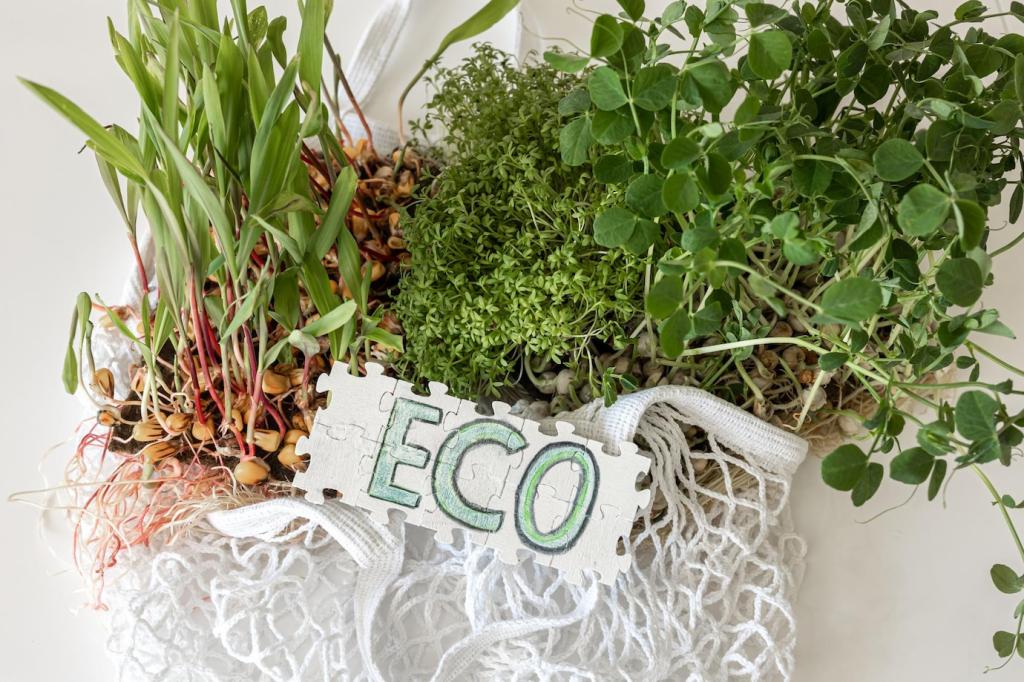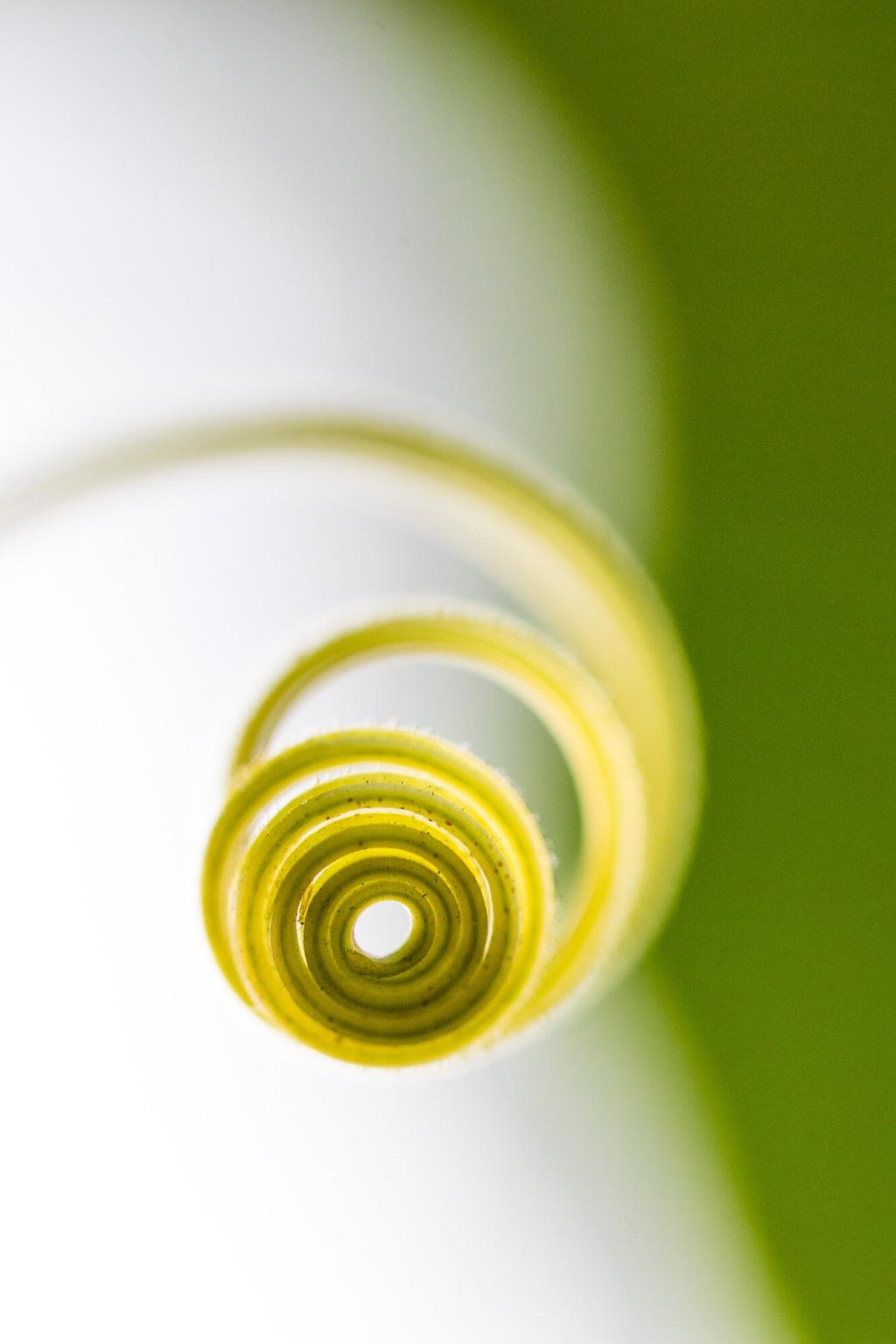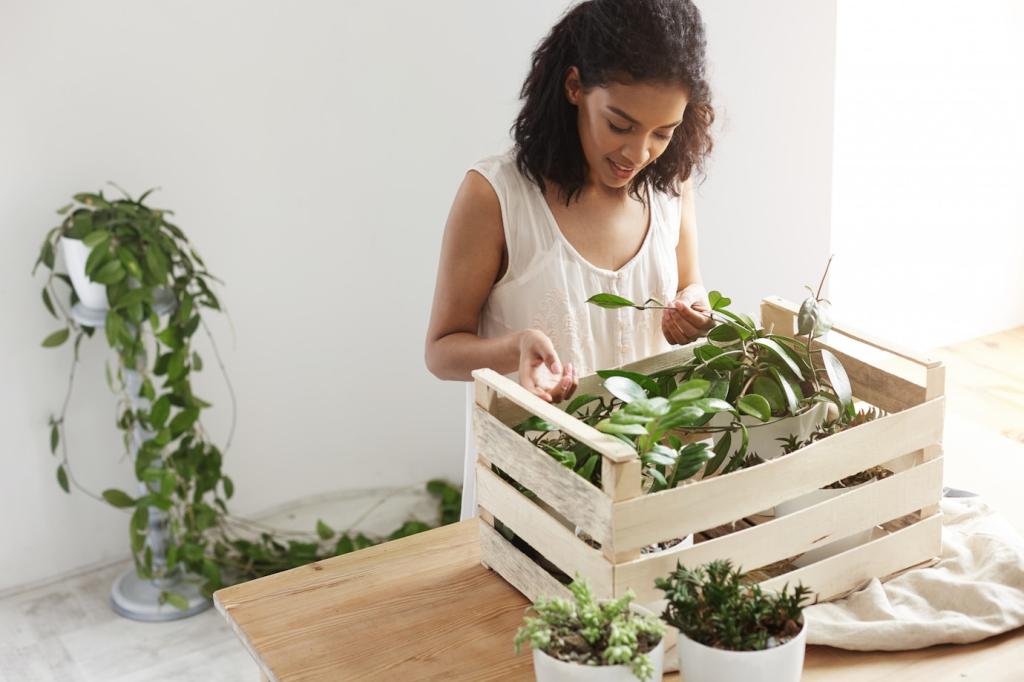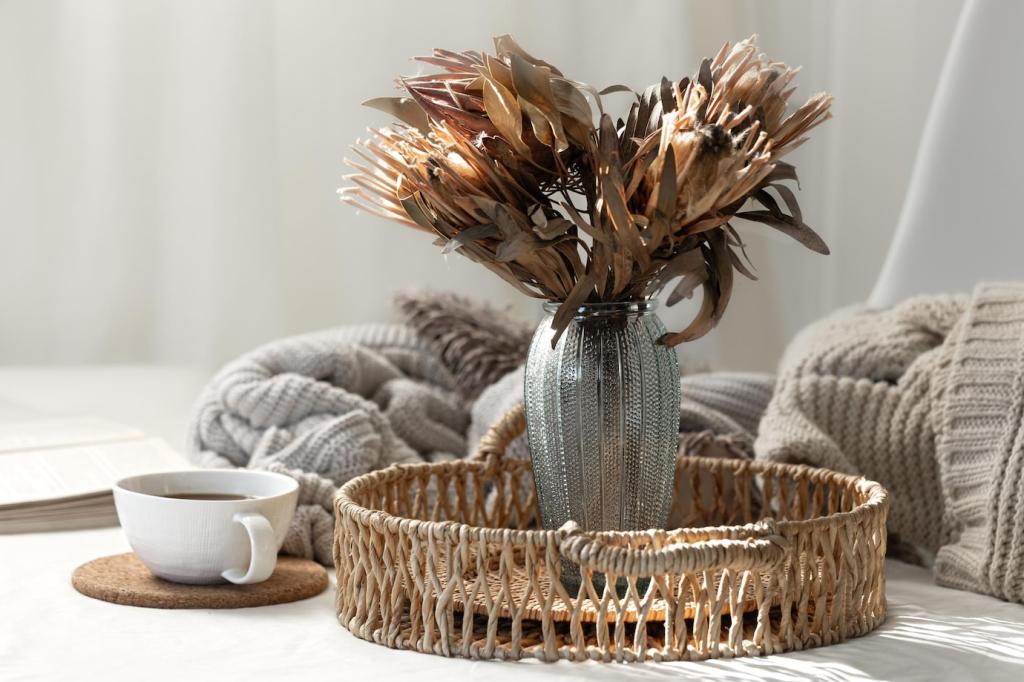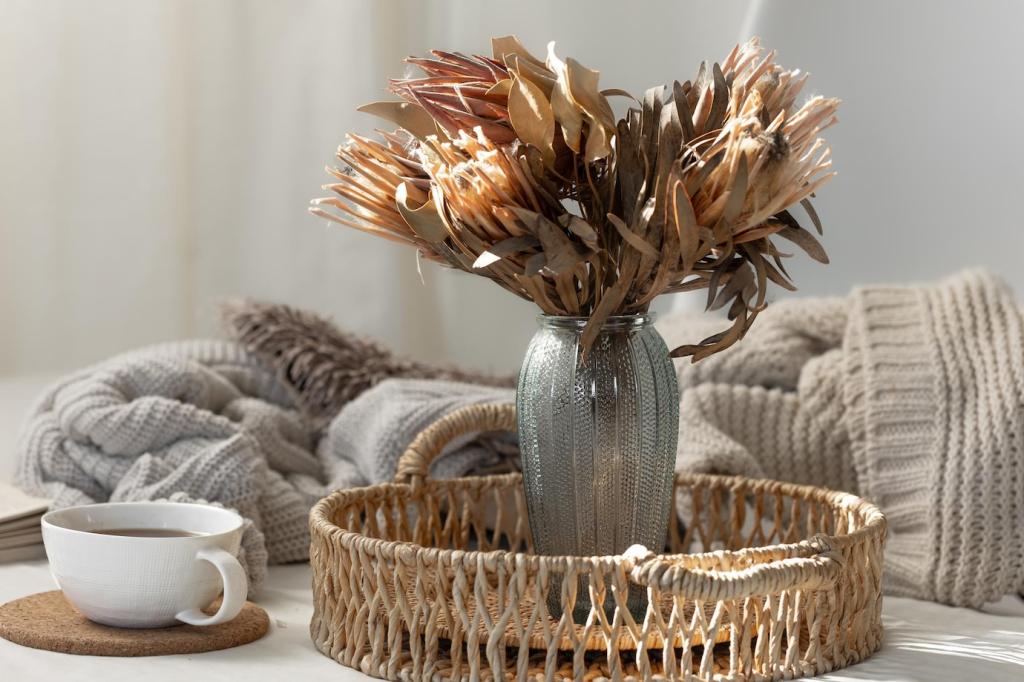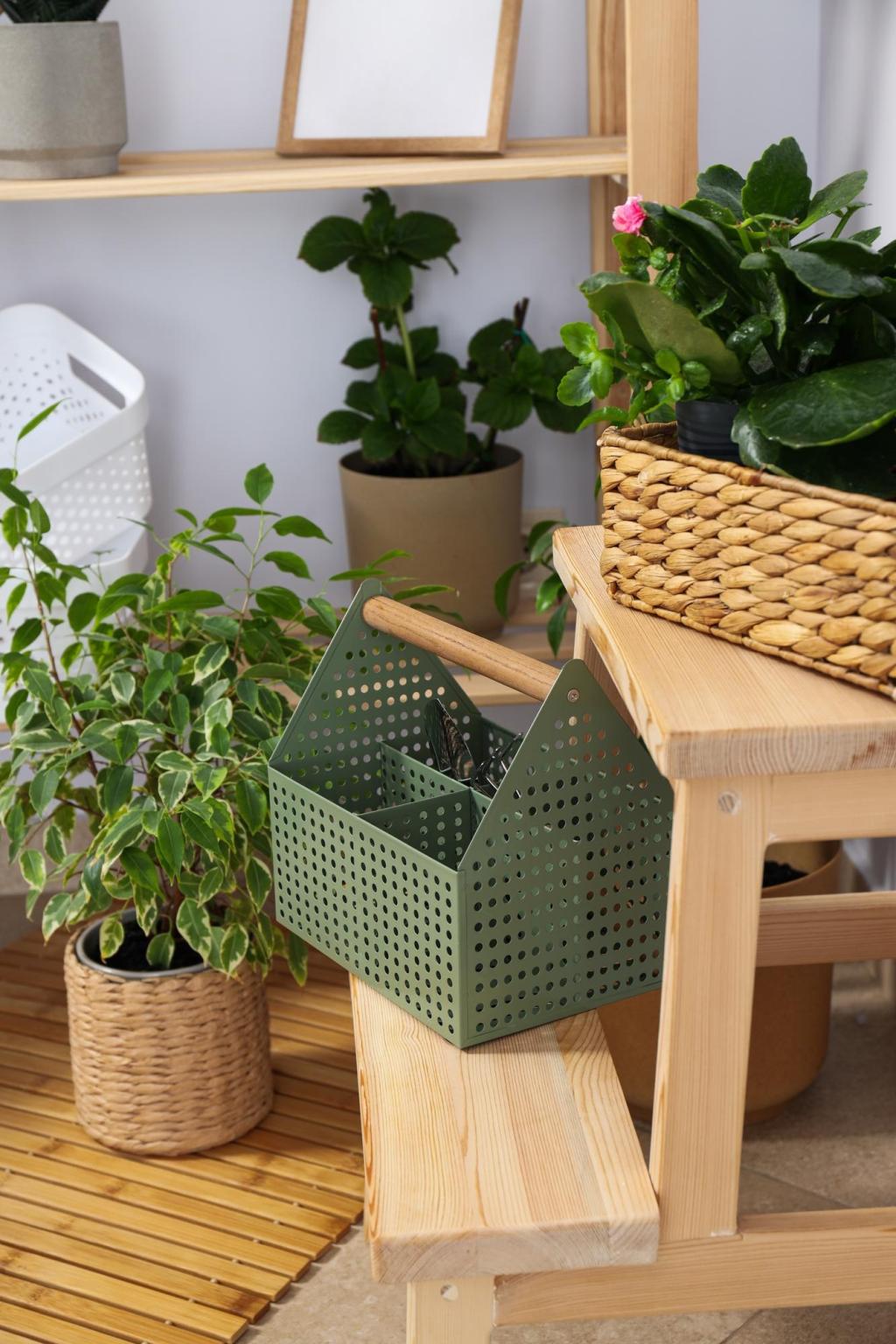Recycled and Upcycled Elements That Elevate Design
Recycled aluminum typically uses far less energy than producing new aluminum, and recycled glass can be remelted repeatedly. Consider recycled metal hardware and glass tiles; they deliver a refined sheen with a considerably lighter environmental footprint.
Recycled and Upcycled Elements That Elevate Design
Old joists, school bleachers, or barn boards become rich tabletops and paneling, adding history to modern rooms. One client’s dining table, made from a retired gym floor, sparks stories at every meal and keeps beautiful timber in circulation.



